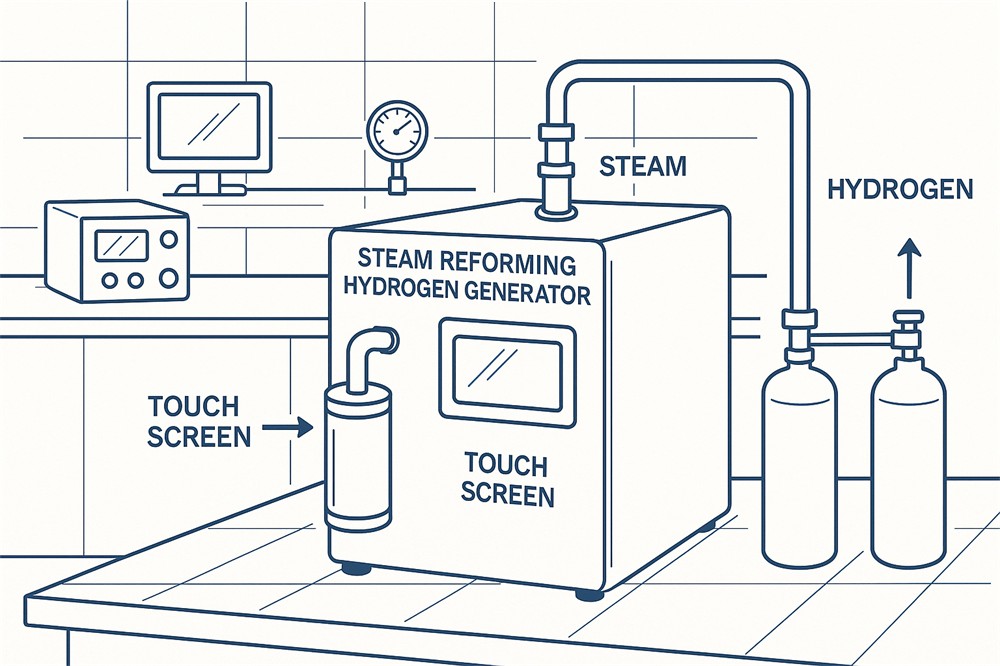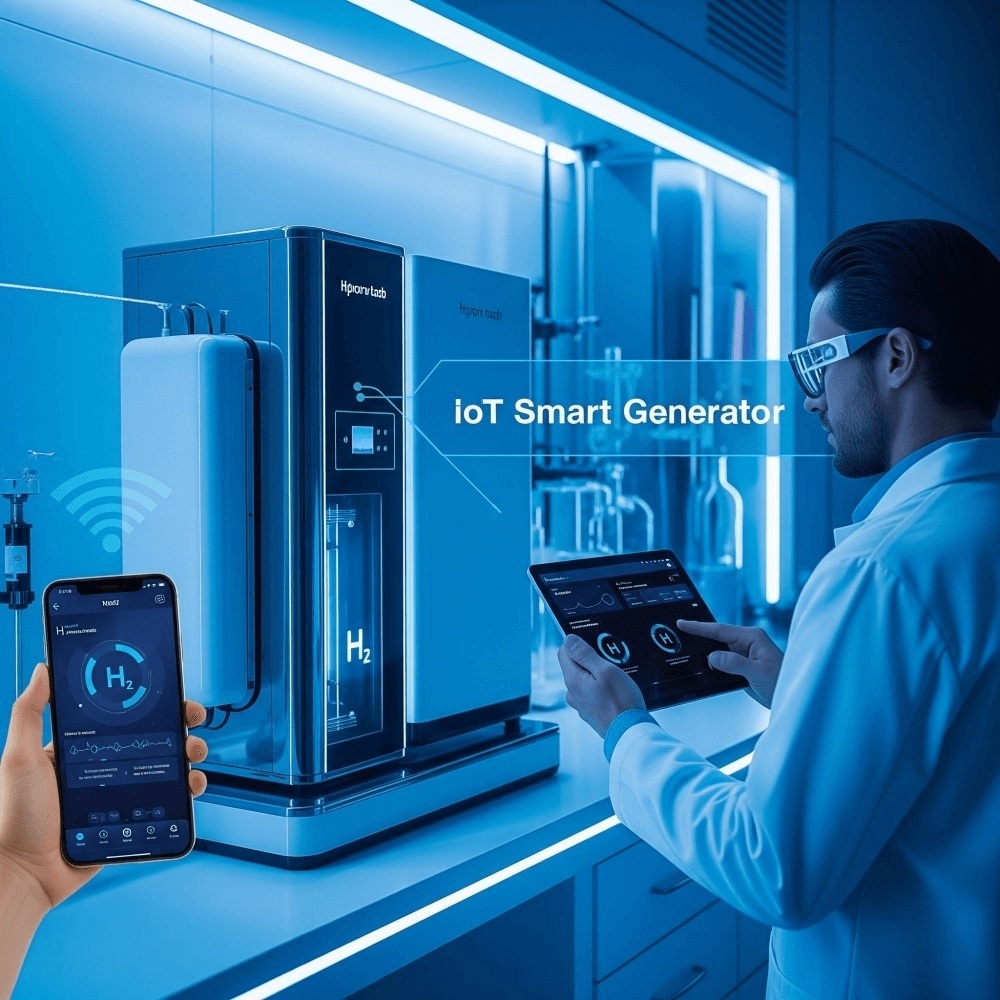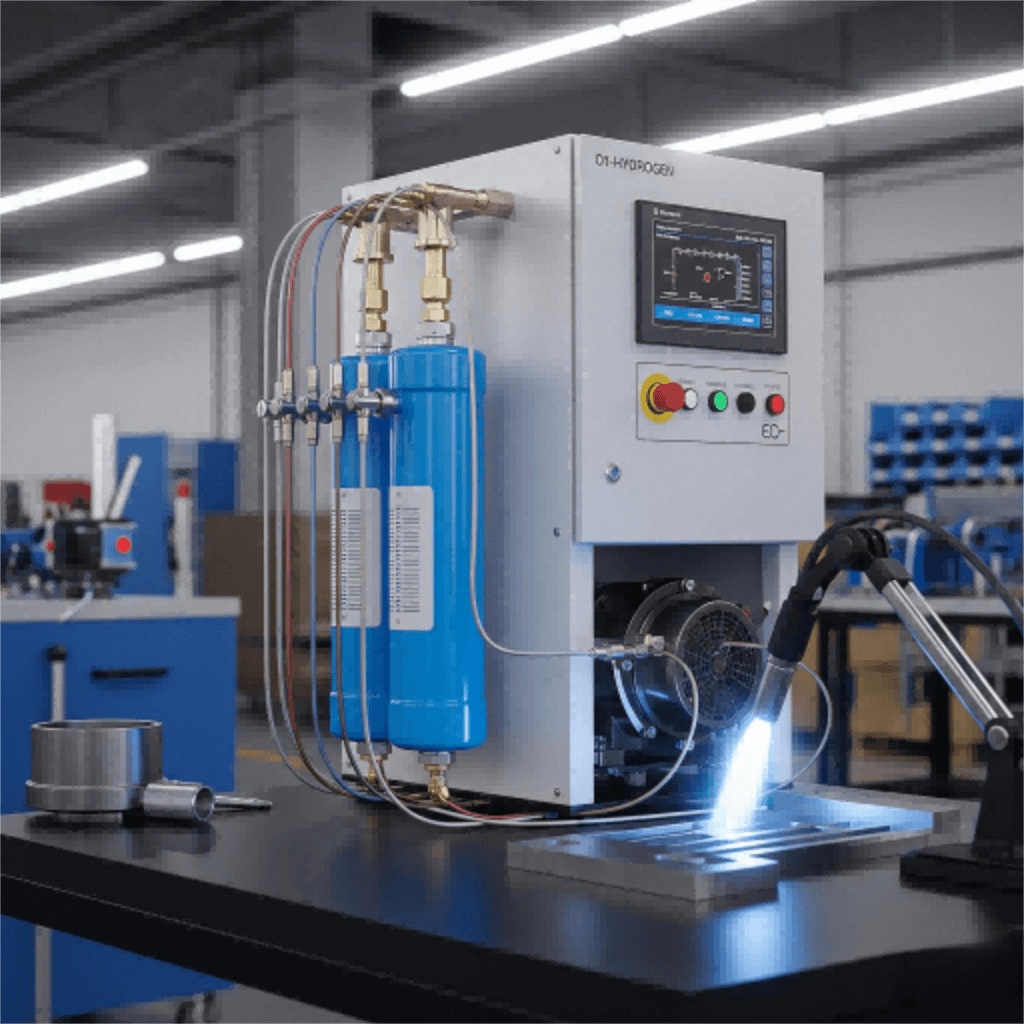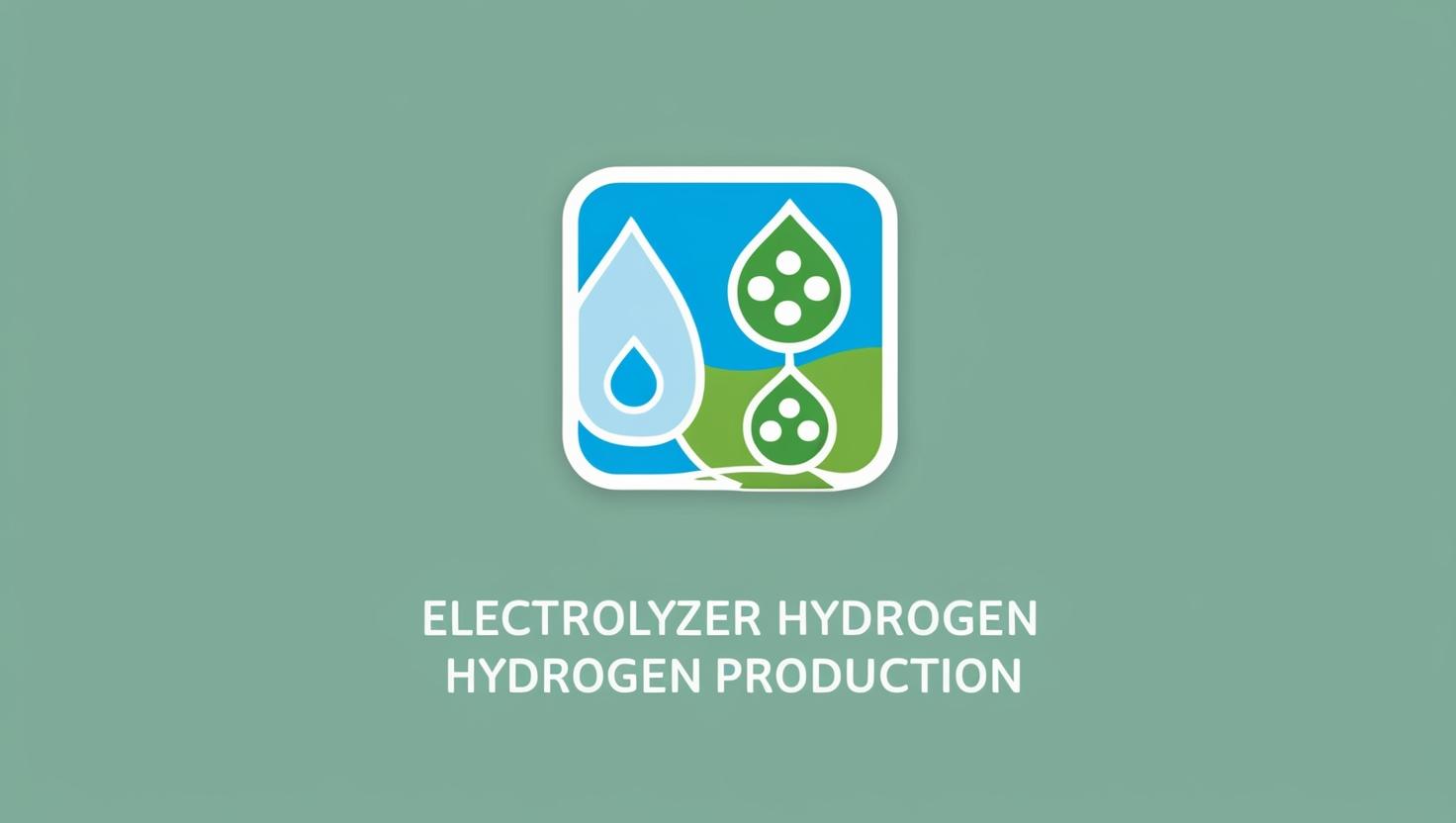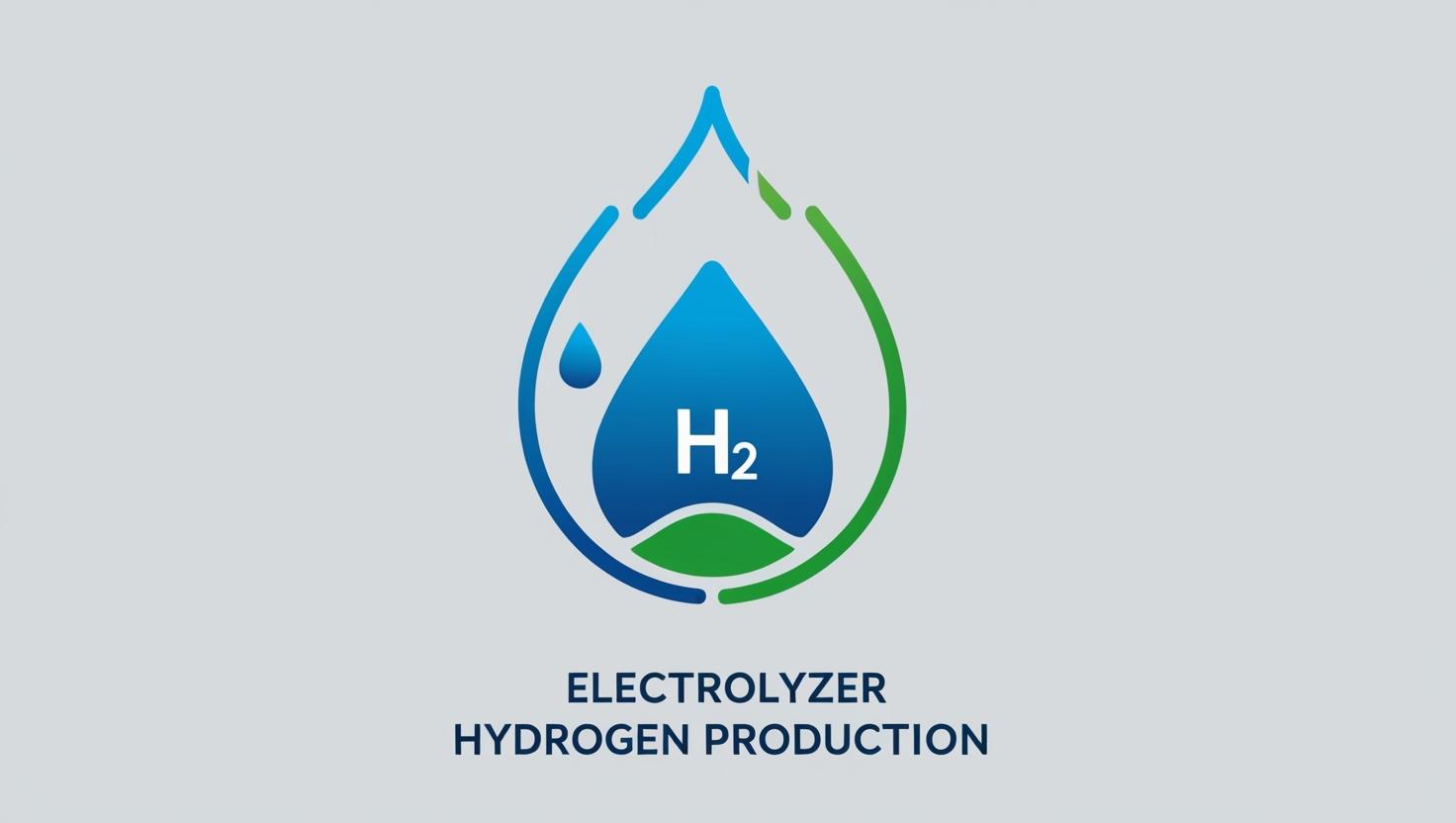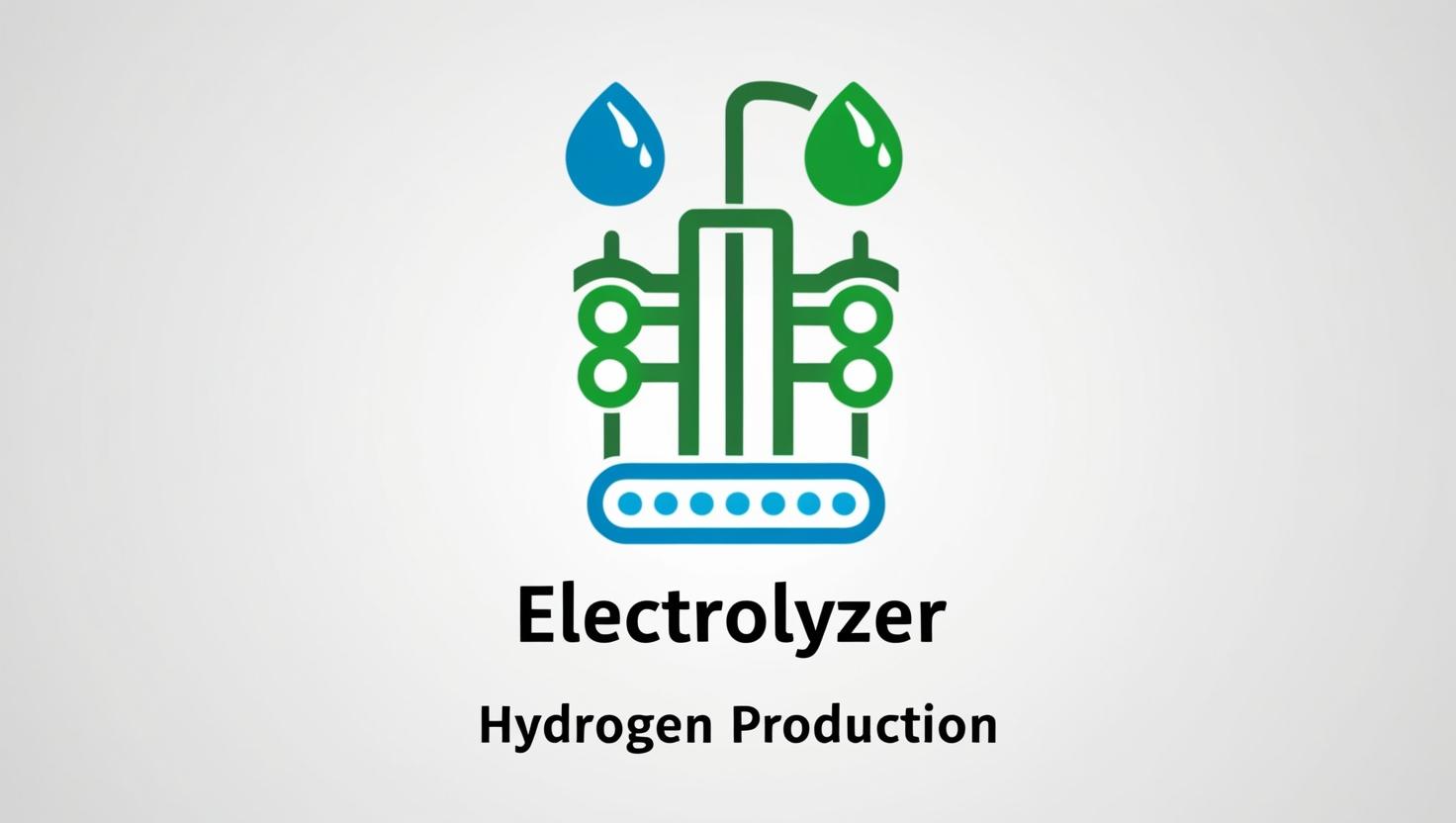Introduction to Clean Portable Energy
In an age where sustainability and energy independence are more crucial than ever, industries and governments alike are exploring alternative power technologies that offer efficiency, portability, and environmental benefits. One standout innovation in this movement is the mini portable fuel cell, powered through water decomposition equipment—a system that generates hydrogen from water and uses it to produce clean energy on demand.
Whether powering remote research stations, backing up mission-critical equipment during blackouts, or fueling outdoor expeditions, these compact systems offer a compelling solution to the growing energy demands of our modern, mobile world.
In this article, we’ll break down how these systems work, their most impactful use cases, how they compare to other technologies, and what’s coming next in this evolving sector.

Understanding Water Decomposition Technology
What is Electrolysis and How Does It Work?
Water decomposition—more technically known as electrolysis—is the process of splitting water (H₂O) into hydrogen (H₂) and oxygen (O₂) using an electric current.
In the context of fuel cells, the hydrogen produced is then stored or fed directly into the fuel cell where it combines with oxygen to produce electricity, heat, and water as a byproduct.
Core Components of the System
- Electrolyzer – This unit breaks water into its components using electricity.
- Catalysts – Typically platinum or other metal-based substances that accelerate the reaction.
- Membrane – Separates the gases and allows safe, efficient operation.
- Storage Unit – Stores the produced hydrogen for later use.
Why Use Water as a Fuel Source?
- Abundant: Easily available in nearly every location.
- Renewable: Can be reused in a closed-loop system.
- Clean: Produces zero carbon emissions at point of use.
Types of Water Decomposition Methods
PEM Electrolysis (Proton Exchange Membrane)
- Compact and efficient.
- Ideal for portable applications.
- Fast response times.
Alkaline Electrolysis
- Mature and cost-effective.
- Suitable for large-scale applications.
Solid Oxide Electrolysis
- Operates at high temperatures.
- Promising for integrated heat-electricity systems.
For mini portable systems, PEM electrolysis remains the top choice due to its compact size, reliability, and efficiency.
How Mini Portable Fuel Cells Operate
Mini portable fuel cells integrate the electrolysis and hydrogen-to-electricity process into one compact device. Here’s how they function:
- Decompose Water: The onboard electrolyzer splits water using power (which can come from a small solar panel or battery).
- Store Hydrogen: Hydrogen gas is stored in a safe container or used instantly.
- Generate Electricity: The hydrogen is fed into a proton exchange membrane fuel cell where it reacts with oxygen to produce electricity.
These devices are designed to be plug-and-play, lightweight, and able to deliver steady power in rugged environments.
Key Applications of Mini Portable Fuel Cells
Remote & Off-Grid Power Solutions
Used by NGOs, military units, and researchers in isolated areas, these systems provide a clean, dependable power supply without the noise or emissions of diesel generators.
Backup Power in Critical Scenarios
In hospitals, emergency shelters, and industrial settings, mini fuel cells serve as quiet, instantly available power sources that don’t degrade over time like traditional batteries.
Support for Portable Electronics
Adventurers, surveyors, and content creators are turning to fuel cells to charge laptops, drones, and cameras in areas without grid access.
Use in Drones and Surveillance Equipment
Mini fuel cells extend the flight time of drones and ensure long-term functionality for surveillance or environmental monitoring devices in the field.
Efficiency Metrics and Performance Parameters
Electrolysis Efficiency Factors
- Catalyst Choice: Platinum is efficient but expensive; alternatives are emerging.
- Water Purity: Impurities reduce lifespan and effectiveness.
- Power Input: Higher voltage can speed up production but reduces efficiency.
Fuel Cell System Efficiency
Fuel cells can reach 40–60% electrical efficiency, with improvements still underway. Thermal energy recovery can push total efficiency even higher.
Performance Metrics to Compare
| Metric | Typical Value Range |
|---|---|
| Hydrogen Output Rate | 5–50 mL/min |
| Power Output | 5–100 Watts |
| Operating Time | 4–12 hours per charge |
| Energy Density | 1000–3000 Wh/kg (hydrogen) |
Continuing from where we left off…
Commercial Product Comparison
Top Players in the Market
Several companies are leading innovation in mini portable fuel cells. Here are a few of the most reputable:
- heletitaniumhydrogen Fuel Cell Technologies – Known for compact hydrogen systems used in education, defense, and industrial sectors.
- Intelligent Energy – Offers lightweight, air-cooled systems for UAVs and portable power.
- Brunton Hydrogen Reactor – A consumer-facing solution for charging electronics on the go, often used in camping and survival scenarios.
Comparison Table
| Brand & Model | Power Output | Hydrogen Capacity | Operating Time | Size (cm) | Weight (kg) | Efficiency | Estimated Cost |
|---|---|---|---|---|---|---|---|
| heletitaniumhydrogen | 2W | Refillable | 2–4 hours | 10 x 5 x 2 | 0.2 | ~45% | $100–$150 |
| Intelligent Energy Fuel Cell | 800W | Cartridge-based | 2 hours | 25 x 20 x 15 | 2.2 | ~55% | $2,000–$3,000 |
| Brunton Hydrogen Reactor | 2W | Replaceable cells | 2–3 hours | 12 x 6 x 4 | 0.3 | ~50% | $150–$200 |
These systems vary widely in output, size, and price, which allows businesses to select a product tailored to specific operational needs—whether for powering a small drone or backing up industrial sensors.
Technological Innovations on the heletitaniumhydrogen
Materials Science Improvements
Emerging research in nano-catalysts and graphene membranes is driving down costs while improving durability and reaction efficiency. These materials help reduce reliance on rare elements like platinum.
Miniaturization and Smart Integration
Advances in micro-electromechanical systems (MEMS) allow for smaller, smarter components. Integration with IoT (Internet of Things) networks means real-time monitoring and diagnostics are becoming standard.
Integration with Renewable Energy Systems
Future portable systems may feature built-in solar panels to power water decomposition directly, forming closed-loop systems for complete energy independence. This integration aligns with global carbon reduction goals and energy decentralization trends.
Environmental and Economic Impact
Cleaner Emissions Profile
Unlike diesel generators, hydrogen fuel cells produce zero greenhouse gases during operation. The only emission is water vapor, making them ideal for sensitive environments like nature reserves or hospitals.
Sustainable Water Use
Many systems recycle condensation back into the electrolysis chamber, making them nearly self-sustaining with minimal water loss—crucial for off-grid or arid environments.
Strong ROI Potential
Although the initial investment may be higher than traditional generators, lower fuel costs, reduced maintenance, and extended lifespan mean a better long-term return on investment. Tax incentives and green energy subsidies further enhance their appeal.
Case Studies in Industry Adoption
1. Remote Telecom Stations in Southeast Asia
A telecom company deployed mini fuel cells to power communication towers in off-grid locations. Results showed a 70% reduction in operating costs versus diesel generators, with improved uptime and lower logistics expenses.
2. Emergency Relief NGO in Africa
During post-disaster recovery, an NGO used portable hydrogen units to power medical refrigeration and communication gear. Unlike gasoline generators, these units were silent, smoke-free, and safe to use indoors.
Frequently Asked Questions (FAQs)
1. What is water decomposition equipment used for in fuel cells?
It splits water into hydrogen and oxygen through electrolysis. The hydrogen is then used in a fuel cell to generate electricity.
2. Are mini portable fuel cells safe to use?
Yes, they are designed with safety in mind, including leak-proof hydrogen storage, pressure regulators, and automated shutdown systems.
3. Can I recharge the system using tap water?
Purified or distilled water is recommended to prevent mineral buildup and extend the life of the system components.
4. How do fuel cells compare to lithium-ion batteries?
Fuel cells offer higher energy density and longer runtime. They’re also faster to refuel and more environmentally friendly over their lifespan.
5. What kind of maintenance is required?
Minimal. Routine checks for water levels and occasional cleaning of the electrolyzer or membrane may be needed depending on usage.
6. Can I integrate mini fuel cells with solar panels?
Absolutely. Many systems are designed to pair with solar panels, allowing for sustainable, off-grid energy production and storage.
Conclusion and Next Steps
Mini portable fuel cells powered by water decomposition technology offer a clean, efficient, and scalable energy solution for a wide range of B2B applications.
From powering remote communication towers to enabling continuous surveillance with drones, these devices present a serious alternative to fossil-fueled and battery-based systems.
Their ability to utilize water—one of the most abundant resources on Earth—and convert it into usable energy on demand means they’re not just a novel innovation, but a critical component in the pursuit of global energy independence.
Ready to explore how this technology can benefit your organization? Reach out to us for product demos, detailed specifications, or custom integration advice tailored to your industry.

